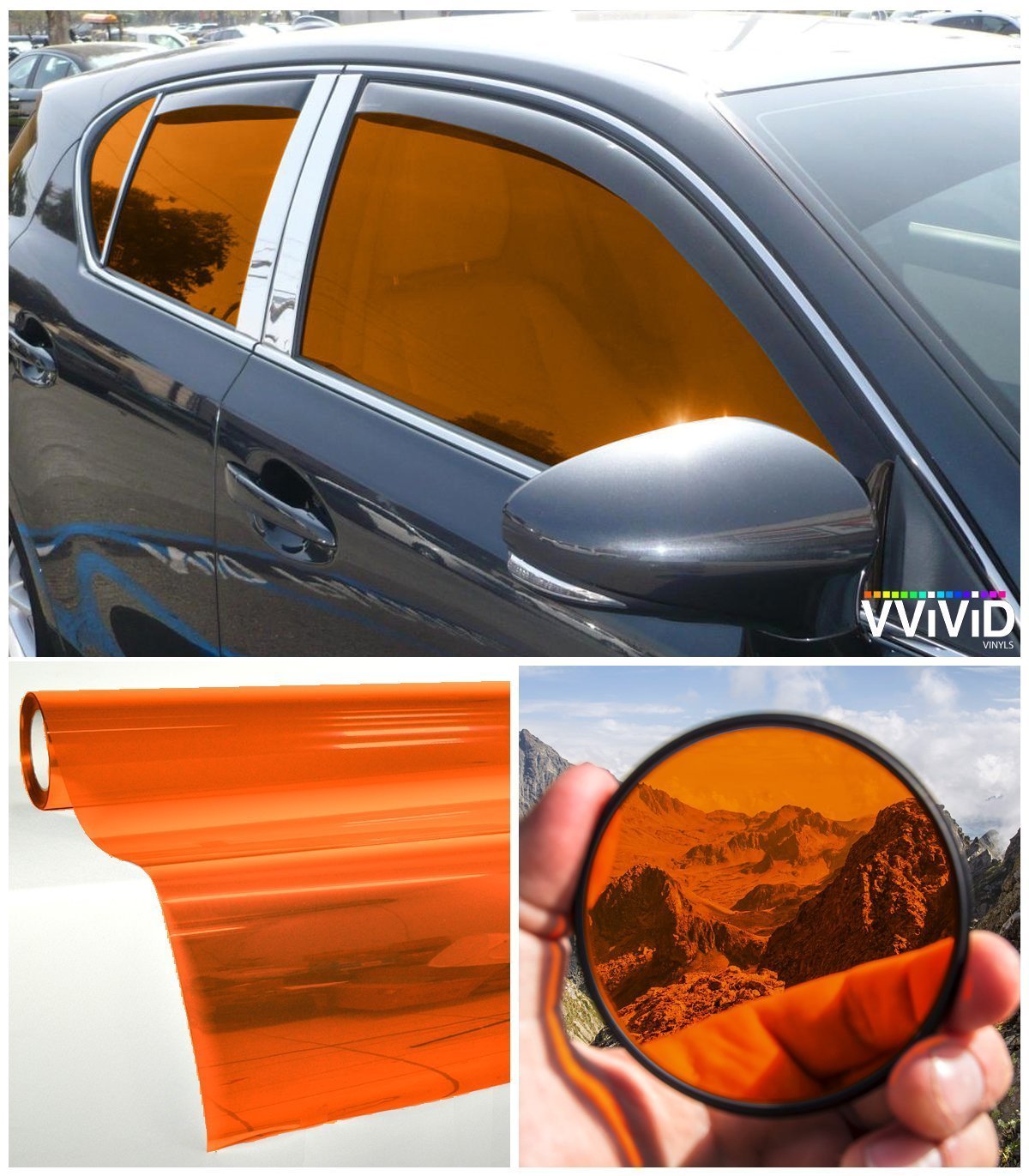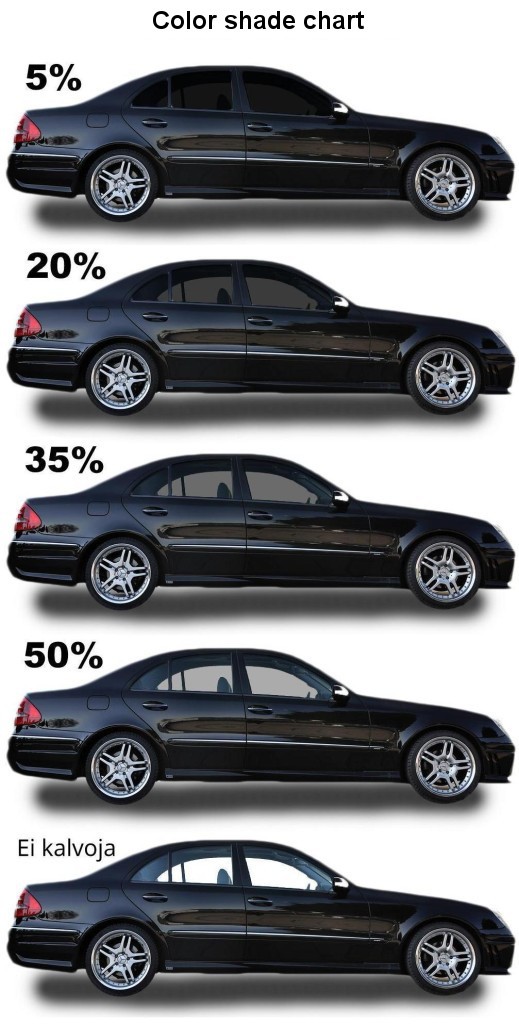Auto Window Tinting for Warm Reduction and Energy Effectiveness
Auto Window Tinting for Warm Reduction and Energy Effectiveness
Blog Article
Window Tinting Regulations and Guidelines: What You Need to Know Before Tinting Your Automobile
Prior to continuing with window tinting for your lorry, it is necessary to familiarize yourself with the varied laws and standards that govern this method throughout different states. These laws dictate the allowable degrees of tint darkness, typically gauged by visible light transmission (VLT) percents, and include particular specifications for front windshields intended at ensuring roadway safety and security.
Introduction of Window Tinting Rules
Home window tinting laws are regularly based on variation across different territories, mirroring regional guidelines and safety and security considerations. These legislations determine the acceptable degrees of tint darkness and reflectiveness on vehicle home windows, making certain that chauffeurs preserve appropriate exposure while likewise shielding versus harmful UV rays and heat.
A lot of guidelines identify home window tinting based upon the Visible Light Transmission (VLT) portion, which shows the amount of light that can go through the home window. Generally, lower VLT percentages represent darker tints. Laws typically separate in between the front, side, and back home windows, with stricter restrictions applied to the front windshield to enhance safety for both the driver and various other roadway individuals.
Furthermore, some territories impose constraints on the reflectivity of the color, preventing too much glow that can harm exposure. Exemptions to these regulations might exist for people with details clinical conditions requiring additional sunlight protection. Compliance with window tinting policies is vital, as violations can cause penalties, required removal of the color, and potential increases in insurance premiums. It is crucial for lorry owners to familiarize themselves with local regulations prior to proceeding with window tinting installations.
State-by-State Tint Regulations
Understanding the details home window tinting regulations in each state is important for car proprietors looking for to abide by the regulation. Each state in the U.S. has actually developed its own collection of regulations controling home window tinting, which can differ dramatically. These laws usually determine the allowed degrees of tint darkness, the kinds of home windows that can be tinted, and any type of clinical exemptions that might apply.
For circumstances, states like California have stringent constraints on tint darkness for front windows, while others, such as New Mexico, may permit darker colors. Furthermore, certain states mandate specific visibility portions for different windows, consisting of the windshield, front side windows, and rear home windows. It is vital for auto proprietors to acquaint themselves with their state's laws to stay clear of potential penalties or charges.
Furthermore, some states might require a certification sticker label to be put on tinted windows, suggesting compliance with state laws. Failure to stick to these regulations not only runs the risk of lawful consequences yet can additionally affect security and exposure while driving. Consequently, lorry proprietors must conduct comprehensive study or speak with local authorities to make certain complete understanding and compliance with state-by-state color regulations.
Allowed Color Degrees and Types
Numerous automobile owners may be shocked to discover that enabled color levels and kinds differ widely across different states. Each state has established its very own guidelines relating to the allowable darkness and reflectivity of home window color, commonly gauged by Visible Light Transmission (VLT) percentages. VLT refers to the amount of light that can go through the colored home windows; therefore, a lower percent indicates a darker color.

Furthermore, the kinds of color products permitted can vary, with some states banning mirror-like or metallic finishes. It is important for lorry owners to acquaint themselves with their state's details legislations to guarantee compliance. Non-compliance can lead to fines, compulsory elimination of the tint, or other legal consequences, making it critical to recognize these policies before waging installment.
Medical Exceptions for Tinting
While not all states supply why not try here allocations for clinical exemptions pertaining to home window tinting, those that do recognize the need for particular individuals to enhance visibility and comfort because of medical conditions. Numerous clinical problems, such as lupus, skin cancer cells, and specific eye conditions, can render individuals specifically conscious sunlight. Subsequently, these individuals might need darker tints to secure themselves from unsafe UV rays and glow.

It is essential to keep in mind that despite a clinical exception, there may still be limitations on the degree of color enabled. Compliance with state legislations makes certain that people are both secured and within lawful limits. Those considering clinical exemptions need to contact their regional Department of Motor Cars or equivalent authority to understand the needs and procedures needed to use for an exception effectively.
Fines for Non-Compliance
Failing to abide by home window tinting regulations can bring about substantial charges, which differ by state. Law enforcement agencies are encouraged to release citations for lorries that do not stick to the specified tinting regulations. These charges generally include fines, which can range from moderate total up to numerous hundred bucks, depending on the severity of the offense and the state concerned.
In some territories, repeated offenses might cause escalating fines or additional penalties, such as compulsory court looks. Moreover, non-compliance may require the elimination of unlawful tinting, commonly at the proprietor's cost. In extreme situations, habitual culprits might deal with suspension of their vehicle registration up until conformity is accomplished.
Additionally, insurance coverage implications may occur from obtaining several citations for home window tint infractions. Insurance firms might view such offenses as a sign of riskier behavior, possibly bring about boosted premiums or difficulty in protection.
To stay clear of these fines, it is critical for vehicle owners to familiarize themselves with their local home window tinting legislations and make sure that their lorry complies (Window Tinting). This proactive method not just stays clear of legal ramifications however also promotes road safety
Final Thought

The majority of regulations categorize home window tinting based on the Visible Light Transmission (VLT) portion, which suggests the quantity of light that can pass through the window. Conformity with window tinting guidelines is vital, as violations can result in fines, compulsory elimination of the color, and prospective rises in insurance costs.Understanding the details window tinting policies in each state is important for automobile proprietors looking for to conform with the legislation. These laws commonly dictate the permitted degrees of tint darkness, the kinds of home windows that can be tinted, and any kind of clinical exemptions blog here that might use.
For circumstances, states like California have stringent limitations on tint darkness for front home windows, while others, such as New Mexico, might allow darker colors.
Report this page